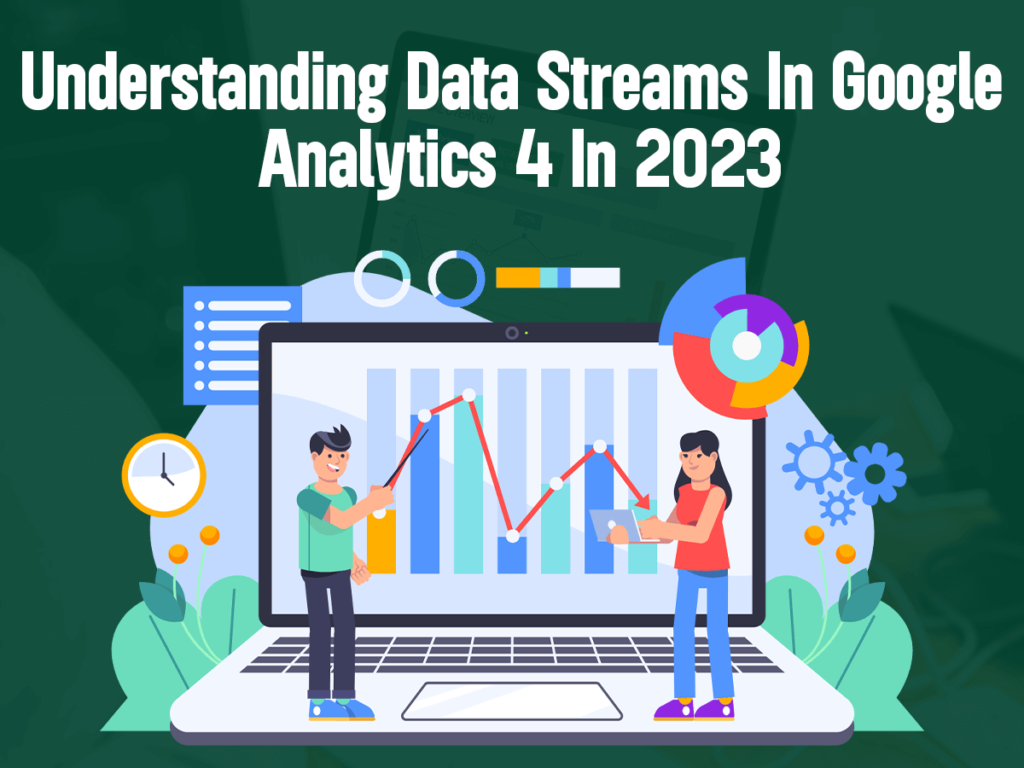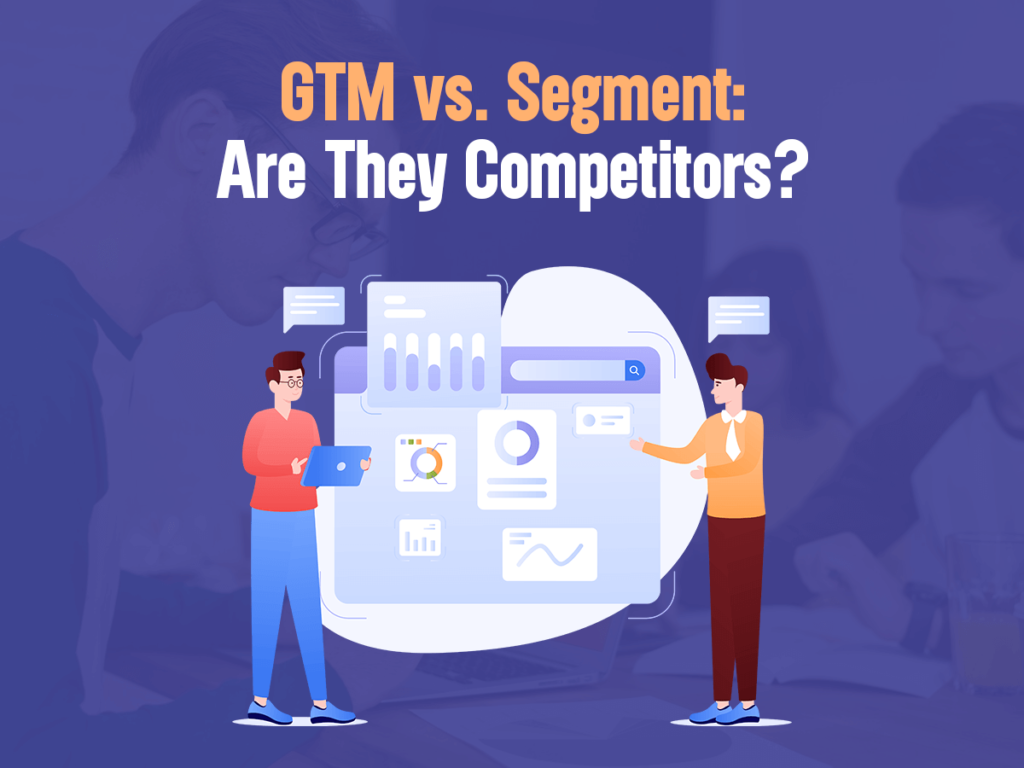Understanding Data Streams Setting Process & Benefits
Understanding website traffic and user engagement has become easy with Google Analytics. It is an effective analytics tool offered by Google that allows businesses to track their website and app traffic, user engagement, and behavior across these mediums(website+app).
Google Analytics 4 or GA4 is the new version of the popular analytics tool that provides businesses access to new and advanced features enabling them to understand and analyze user data in a better way.
GA4 is very different from Universal Analytics. One primary change in GA4 is the introduction of Data Streams which has replaced the previous feature of “views” in Universal Analytics.
In order to get most of GA4, you need to familiarize yourself with all its new features and Data Streams is one of them. That is why we have come up with this comprehensive article to let you better understand Data Streams, how they work, and how a company can use data streams to gain useful insights into its website or app visitors.
What Are Data Streams?
In Google Analytics, a data stream is a collection of data that comes from a particular source, such as a website or mobile app. Each data stream is associated with a unique tracking ID, which allows businesses to keep track of the data coming from each source. Data streams can include information about user behavior, such as page views, clicks, and conversions, as well as information about the devices and browsers used to access the website or app.
Data streams are a key component of GA4, and they replace the previous concept of “views” in Universal Analytics. In Universal Analytics, businesses created different views of their website data to help them analyze traffic from different sources or to apply different filters to the data. With GA4, businesses can still apply filters to their data, but they do so using data streams rather than views.
How To Setup Data Streams In GA4?
To create a data stream in GA4, you need to perform the following steps one by one:
- First, you need to create a property, which will be the top-level container for your website or app data.
- You can create multiple data streams within each property to track different data sources. For example, a company can create separate data streams for its website, mobile app, and social media channels.
- Once your stream is set up, you’ll need to add the tracking code to your website or app.
Note: A tracking code is a small piece of JavaScript that collects data from your browser or device and sends it to Google Analytics. Tracking codes are unique to each data stream, so companies should ensure they are using the correct code for each data source they track.
4. Installing a tracking code allows a company to collect data from its website or app.
Note: GA4 tracks a wide range of user behavior such as page views, clicks, conversions, and demographic and geographic information about users. The company can use this data to understand how users interact with her website or app and identify areas for improvement.
May also like to read our latest post on Setup GA4 on Shopify
What Do You Get By Setting Up Data Streams?
- Single Property For Data Tracking
There are several benefits to using data streams in GA4. First and foremost, data streams allow businesses to track data from multiple sources in a single property. This means that businesses can get a more complete picture of how users are interacting with their brand across different channels, without having to switch between different views or properties.
- Easy Filter Application
Data streams also make it easier for businesses to apply filters to their data. In Universal Analytics, businesses created different views to apply filters to their data, which could be time-consuming and complex. With data streams, businesses can apply filters directly to the data they want to analyze, without having to create separate views for each set of filters.
- User Behavior Tracking
Another benefit of data streams is that they allow businesses to track user behavior across different devices and platforms. With more and more users accessing websites and apps from multiple devices, it’s important for businesses to be able to track user behavior across these different platforms. Data streams make it easy to do this, as businesses can track data from mobile apps, websites, and other sources all in one place.
Enhanced Features In Data Streams
One of the great things about Google Analytics 4 is that it’s simplified in some ways, and you have a few things automatically set up for you.
For web data streams, Analytics has already set up tracking for a few key metrics within each stream’s enhanced measurements. This is great news because Google has pre-selected some key areas, and you don’t have to do anything to get Analytics to start tracking.
For the web data stream you set up in a property, you’ll automatically track page views, scrolls, file downloads, video plays, site search, and outbound link clicks.
Read also: How to Link BigQuery and Google Analytics 4
Tips for Using Data Streams Effectively
To get the most out of data streams in GA4, businesses should follow some best practices.
Define the data streams
Decide what information you want to gather and how you want to organize this information before implementing the data streams. This will enable you to produce a coherent and useful data stream.
Use custom events
To track particular actions that take place on your website or app, GA4 lets you create custom events. Track user actions by using custom events, for example, form submissions or purchases.
Check Data Quality
In GA4, data quality is very important. To make sure the data you’re collecting is accurate and dependable, implement data quality checks. This may involve user input verification and a gap or consistency check of the data.
Read Our Latest Guides on GA4:



